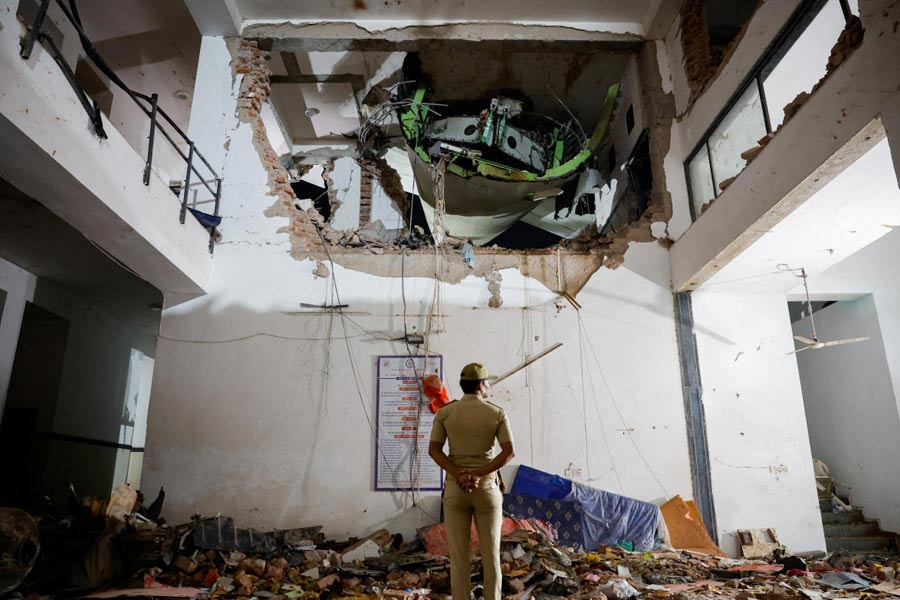 |
This is just the right time to get in touch with nature. With the approach of summer, you can bask in the exhilarating freshness of the air, the smell of earth, dark silhouettes of mist-laden hills. If you are lucky, you will also come across herds of wild tuskers ambling towards water bodies, flocks of rabbits sprinting in the saal forest or peacocks sunning themselves.
In keeping with the spirit of the season, you can avail of the forest ministry’s four watch towers, situated at strategic points in the Saranda reserve forest. One of these is at Lingirda near Tholkobad, from where one can see at least 150 minor and major hills out of the total 700 in the Saranda forest. Others are located at Chhotanagra village, Sedal near Kumdih village and Kiriburu.
Apart from the one at Kiriburu, the other observation centres are in deplorable conditions. With cracks in the walls, the towers are crumbling due to lack of maintenance in recent years. These high observation centres have been built to provide constant vigil across the land, restrain infiltrators, control wild fires and safeguard the rich biosphere.
But, the sorry state of these structures will shock anyone. The utter lack of interest on the part of the district forest headquarters and the state tourism ministry is appaling.
K.K. Chhatterjee, conservator of forest, southern circle, says: “Among these towers, Ligirda, which is located near a marshy land, is the most prominent. Earlier, a variety of wild animals used to assemble near the marshy land. Herds of elephants could be easily spotted, along with other mammals and reptiles. But over the past few years things have undergone a sea change.”
He adds, “The killing of policemen at Bitkilsoya village in Saranda changed everything. Since, then, the healthy atmosphere of the forest has been ruined. Now, people are scared of visiting the forest for fear of rebels.” According to the divisional forest officer of Saranda, H.S. Gupta, the situation had been improving lately. Villagers living within Saranda forest, one of six territorial divisions, used to approach the head-office for developmental work and had even suggested the preparation of watchtowers, a popular tourist hang-out for viewing the beautiful scenery around. But the Baliba massacre on April 7, created a dent in the popularity of the watch towers and the positive development in the forests.
The divisional officer further adds that his ministry has been thinking of reconstructing the shabby watchtowers in Saranda forest to promote eco-tourism, which is globally emerging not only as an alternative to mass tourism, but also as a means of economic development and environmental conservation. Facilitating nature-based tourism, the watchtowers are of immense help to tourists for viewing the scenic beauty around. But, the recent guerrilla attacks over policemen, has dwindled the positive development. “Even equally the forest personnel are vulnerable to attacks,” Gupta states.
A senior divisional officer says earlier tourists used to frequent various spots within the Saranda forest, particularly at Tholkobad. “They used to demand an official forest guide but we used to recommend local villagers.”
H.S. Gupta adds, “Forest personnel are euphoric about tourist influx. But, the natives were the ones who gained monetarily from the situation… This place was famous, and we were proud of it, but, now no body wants to step in to the forest. Let’s hope the situation will change for the better slowly.”
However, the village chief of Chhotanagra forest village confirms that because of naxalism, the rural economy has definitely been affected. “Now, nobody wants to visit this place,” a village Munda says.
Anupam Rana










